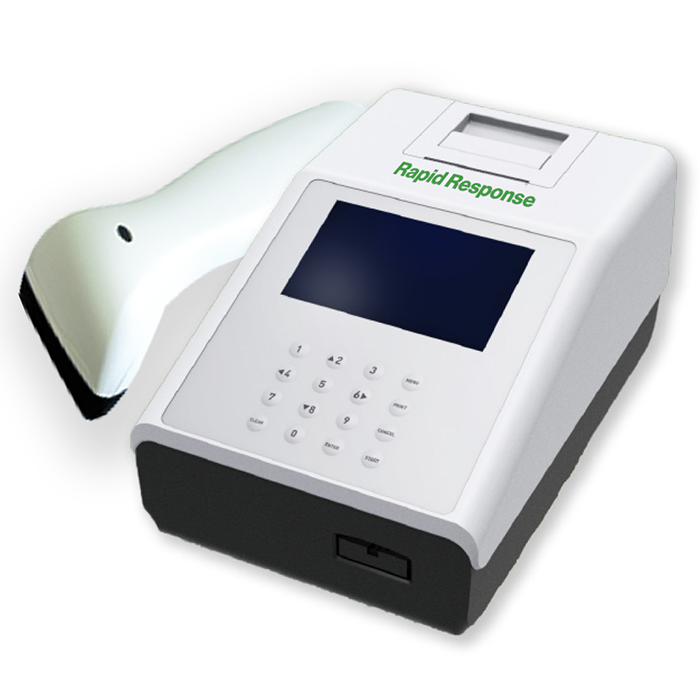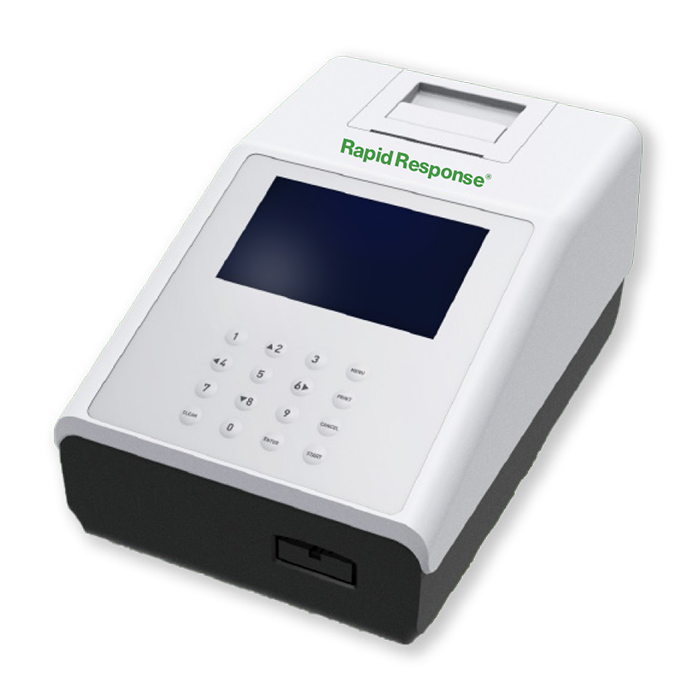Analyzers

Urinalysis is a common part of routine medical screening, and can be used to determine many disorders before symptoms arise. Urinalysis is especially useful in the preliminary screening for diabetes, liver diseases, haemolytic diseases, urogenital, and kidney disorders. Rapid Response™ Urinalysis products aids healthcare professionals and at home users in assessing liver and kidney health.
Categories



 Canada
Canada